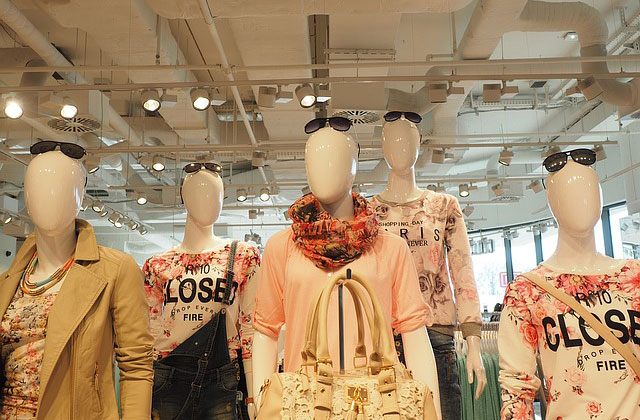Let’s think it is 2050. The area which was regarded as the thickest snow cap, the Arctic Circle, has been replaced and covered by irrepressible mosses. Also, the Tundra region, which is regarded with permafrost which even prevented any trees and grass to grow there has been occupied by cotton farmers from America due to floods and infertile soil dude to pollution and soil erosion. Raw materials and labor based production process make this industry weak if any environmental disturbance is happened.
Below you will find the common threats that is to be faced by fashion industries in coming future.
1. Raw material Cost:
When it comes to fashion industry, it is based upon the linear model with raw materials with the concept of take, make and waste. The main thing is the raw materials needed for the fashion industries are finite or limited, that when times comes the availability of raw materials will be none. For example, water which is the root for all raw materials needed. Large quantity of water is required for producing fabrics and more of it is usage is in the agriculture of cotton. Scientists have predicted that water consumption needs will exceed supply by 40 percent in 2030 and as a result the cost of raw materials will also boost making it more difficult for fashion to sustain the future environmental situations. Unless technology can more capably recycle used clothes, and gather needed material, current consumption rates are not workable.
2. Labour Problems:
In addition to the inadequate raw materials availability, Fashion industry mainly relies on cheap workers which will become very less due to extreme climate variations. The laborers would have shifted or temporarily relocated to new livelihood making It very difficult to find laborers. The Organization for Economic Co-operation and Development (OECD), recently found that mainly 4 countries which are largest manufacturers of fashion products in the world are in the subject affected by raising sea levels which may cause extreme weather conditions affecting the fashion industry.
3. Transport:
Logistics and transportation industries also faces uncertain future due to the availability of oil resources. Due to the environment disruption oil fields cannot be accessed easily and the cost of extracting oil increases along with the price if oil which make transport very expensive which in turn fashion industry.
4. Higher regulation:
The unavailability of resources like water and oil means the regulation will play an increasing role in manufacturing products such as cotton. The regulation point of fashion industry in the blog falls in two main views:
a. In the first view, we can see the industries founding its own standards and bodies for sustaining which are approved and affirmed by international bodies. This view could be supported by regulation that incentivizes maintainable practices such as tax breaks.
b. The second view sees the international regulators taking part aggressively and steering in a new generation of profitability for all due to:
- Increasing cost pressures
- Increasing buyer pressure and eventually regulator pressure of some form like
- Whoever doesn’t get on the carriage of fixing the groundwork
- Collaborating with others to improve
- They will not be part of the game
5. Consumer Sentiment:
By 2020, millennials will be the most plentiful demographic in the global labor force, which means fashion businesses must now outfit to their predictions, rather than those of generation X. Millennials steadily identify sustainability as a reason that impacts their purchasing ways. But while a third of millennials say they are more possible to buy from companies that are aware of social responsibilities which means only a tiny proportion of all consumers are willing to pay more for a sustainable product in future.
It is about linking our business operations and our sustainability goals — how we source, how we manufacture, how we sell our products — and ensuring that sustainability also adds business value
It is all about linking our sustainability goals with our business operations like:
- How we source
- How we manufacture
- How we sell our products
- How we recycle used products ensuring business values


